When you're dealing with arthritis pain, finding effective strategies to manage it can feel overwhelming. You might consider incorporating low-impact exercises or adjusting your diet to include anti-inflammatory foods, as these can greatly improve your comfort and mobility. Additionally, methods like heat and cold therapy can offer immediate relief during flare-ups. But the question remains: how do you determine the best combination of these approaches for your unique situation? Exploring tailored solutions could lead to a more manageable experience.
Understanding Arthritis Pain
Arthritis pain can feel overwhelming, but understanding its causes and effects is the first step toward managing it. This condition isn't just one disease; it encompasses various types, including osteoarthritis and rheumatoid arthritis. Knowing which type you have helps clarify why you experience certain symptoms.
Osteoarthritis results from wear and tear on your joints over time. As cartilage breaks down, bones may rub against each other, causing pain, swelling, and stiffness. On the other hand, rheumatoid arthritis is an autoimmune condition where your immune system mistakenly attacks your joints, leading to inflammation and discomfort. Recognizing these differences can empower you to take appropriate steps for relief.
The pain you feel often stems from inflammation in and around your joints. This inflammation can also cause fatigue, reducing your overall quality of life. It's important to pay attention to your body's signals. For instance, you might notice that certain activities or even weather changes can exacerbate your pain. Keeping a pain diary can help you identify patterns and triggers, making it easier to discuss with your healthcare provider.
Lastly, remember that arthritis pain isn't just physical. It can impact your emotional well-being. Feelings of frustration or isolation are common. Acknowledging these feelings and seeking support can play an important role in your pain management journey.
Understanding the multifaceted nature of arthritis pain is critical to finding effective ways to alleviate it.
Physical Activity and Exercise
Engaging in regular physical activity is essential for managing arthritis pain effectively. You might think that exercise could worsen your discomfort, but the right activities can actually help reduce stiffness and improve joint function. Aim for low-impact exercises like swimming, walking, or cycling. These activities strengthen muscles around your joints without putting too much stress on them.
Incorporating flexibility and stretching exercises into your routine can also make a significant difference. Yoga and tai chi are excellent choices, as they promote balance and flexibility while reducing stress. Just remember to listen to your body; if something doesn't feel right, it's okay to adjust your routine or take a break.
Strength training is another vital component of managing arthritis pain. Building muscle can provide better support for your joints, helping to alleviate pain during daily activities. Start with light weights or resistance bands and gradually increase intensity as your strength improves.
Always consult your healthcare provider before starting any new exercise program, especially if you're dealing with arthritis.
Consistency is key, so try to set aside time for physical activity most days of the week. Even short sessions can be beneficial. You could break your exercise into manageable chunks throughout the day—10 to 15 minutes at a time can still yield significant benefits.
Ultimately, finding activities you enjoy will make it easier to stick with your exercise routine. With commitment, you'll likely notice a reduction in arthritis pain and an improvement in your overall quality of life.
Dietary Modifications
Making dietary modifications can greatly impact how you manage arthritis pain. By focusing on what you eat, you can reduce inflammation and improve your overall health. Incorporating certain foods while avoiding others can help you feel better and move more freely.
Start by including more anti-inflammatory foods in your diet. These include fruits, vegetables, whole grains, and healthy fats. Omega-3 fatty acids, found in fish like salmon and walnuts, can also help reduce joint pain.
On the flip side, you should limit processed foods, sugars, and trans fats, as these can increase inflammation and worsen your symptoms.
Here are some dietary changes to reflect upon:
- Increase your intake of fruits and vegetables: Aim for a variety of colors to guarantee you're getting a wide range of nutrients.
- Choose whole grains over refined grains: Foods like brown rice, quinoa, and whole-wheat bread are better for your joints.
- Incorporate healthy fats: Olive oil, avocados, and nuts can provide anti-inflammatory benefits.
- Stay hydrated: Drinking plenty of water helps maintain joint lubrication and overall health.
Heat and Cold Therapy
Finding relief from arthritis pain often involves exploring various methods, and heat and cold therapy can be incredibly effective. Both techniques offer unique benefits that can help manage your discomfort and improve your quality of life.
When you apply heat, it increases blood flow to the affected area. This can help relax your muscles and soothe stiff joints. You might find using a warm towel, heating pad, or warm bath particularly comforting. Just be sure to test the temperature to avoid burns.
Aim for 15 to 20 minutes of heat therapy at a time, and you may feel a noticeable difference in your pain levels.
On the other hand, cold therapy works by numbing the area and reducing inflammation. Ice packs or cold compresses can be extremely helpful, especially after physical activity or during flare-ups.
Applying cold for 10 to 15 minutes at a time can relieve swelling and provide a revitalizing sensation that counters arthritis pain.
It's essential to listen to your body when using these therapies. Some people may respond better to heat, while others may find cold more effective, so don't hesitate to experiment.
You can even alternate between heat and cold to maximize relief. By incorporating both methods into your routine, you're likely to discover a combination that works well for you.
Remember to consult with your healthcare provider to verify that these therapies are appropriate for your specific situation.
Medications and Supplements
While heat and cold therapy can provide temporary relief, managing arthritis pain often requires a thorough approach that includes medications and supplements. It's important to work with your healthcare provider to find the right combination that suits your needs.
Here are some common options to keep in mind:
- Nonsteroidal Anti-Inflammatory Drugs (NSAIDs): These over-the-counter options, like ibuprofen and naproxen, can reduce inflammation and alleviate pain.
- Disease-Modifying Antirheumatic Drugs (DMARDs): If you have rheumatoid arthritis, DMARDs can help slow disease progression and prevent joint damage.
- Corticosteroids: These prescription medications quickly reduce inflammation and can provide significant relief for severe flare-ups.
- Supplements: Glucosamine and chondroitin are popular options that may help maintain cartilage health and improve joint function.
While medications can be effective, it's vital to be mindful of potential side effects and interactions with other treatments. Always discuss your options with your doctor to confirm they're safe for you.
Additionally, incorporating supplements should be done with caution, as they may not be suitable for everyone and can vary in effectiveness.
You may also want to track your symptoms and medication effects to share with your healthcare provider. This information can help tailor your treatment plan, making it more effective in managing your arthritis pain.
Mindfulness and Relaxation Techniques
When arthritis pain strikes, practicing mindfulness and relaxation techniques can make a significant difference.
You can try deep breathing exercises, guided imagery, or progressive muscle relaxation to help ease tension and improve your overall well-being.
These techniques not only promote relaxation but also empower you to manage your pain more effectively.
Deep Breathing Exercises
How can deep breathing exercises help you manage arthritis pain? These exercises focus on your breath, promoting relaxation and reducing stress, which can greatly impact your pain levels.
When you engage in deep breathing, you're not just filling your lungs; you're also activating your body's relaxation response, helping to ease tension in your muscles and joints.
Incorporating deep breathing into your daily routine can provide several benefits, including:
- Reducing stress hormones: Lowering cortisol levels can decrease inflammation and pain perception.
- Improving oxygen flow: Enhanced oxygen delivery helps nourish your cells and may alleviate discomfort.
- Promoting mindfulness: Staying present during exercises can distract you from pain, making it easier to cope.
- Encouraging better posture: Deep breathing encourages awareness of your body, which can improve alignment and reduce strain on your joints.
Guided Imagery Practices
Building on the relaxation benefits of deep breathing, guided imagery practices offer another powerful way to manage arthritis pain. This technique involves visualizing a peaceful scene or experience, helping to shift your focus away from discomfort. You can imagine a tranquil beach, a serene forest, or any place where you feel calm and safe.
To start, find a quiet space where you won't be disturbed. Close your eyes, take a deep breath, and slowly exhale. As you breathe in, picture your chosen environment in vivid detail. Notice the colors, sounds, and even the scents surrounding you. Allow yourself to feel the warmth of the sun or the gentle breeze against your skin.
As you immerse yourself in this imagery, you'll likely notice a decrease in tension and pain. This mental escape can help reduce stress, which often exacerbates arthritis symptoms.
Practicing guided imagery regularly enhances your ability to relax and cope with discomfort. By incorporating this technique into your daily routine, you may find yourself better equipped to manage arthritis pain and improve your overall well-being.
Progressive Muscle Relaxation
Progressive Muscle Relaxation (PMR) is an effective technique that can greatly reduce arthritis pain by promoting deep relaxation throughout your body.
By systematically tensing and relaxing different muscle groups, you can become more aware of physical sensations and relieve tension that might be contributing to your discomfort.
To practice PMR, follow these steps:
- Choose a quiet space: Find a comfortable place where you won't be interrupted.
- Focus on your breathing: Take deep, slow breaths to set the stage for relaxation.
- Tense and relax: Start with your toes, tensing the muscles for a few seconds, then releasing. Move up through your body—calves, thighs, abdomen, arms, and face.
- Notice the difference: Pay attention to how relaxation feels in each muscle group compared to when they're tense.
Seeking Professional Help
When arthritis pain becomes overwhelming, seeking professional help can make a significant difference in your quality of life. A healthcare professional, such as a rheumatologist or orthopedic specialist, can offer a tailored approach to managing your symptoms. They'll assess your condition, discuss your medical history, and possibly recommend diagnostic tests to determine the best course of action.
One of the first steps might involve medications. Your doctor can prescribe anti-inflammatory drugs, pain relievers, or disease-modifying antirheumatic drugs (DMARDs) that target the underlying issues. They'll guide you on how to use these medications effectively while monitoring potential side effects.
In addition to medication, physical therapists play an essential role in managing arthritis pain. They can design personalized exercise programs that improve your mobility and strength without exacerbating your symptoms. These exercises can help you maintain a healthy weight, reducing stress on your joints.
Don't overlook the value of occupational therapy. An occupational therapist can teach you techniques to perform daily tasks with less pain, recommend assistive devices, and help you adapt your home environment for better comfort and functionality.
Lastly, consider exploring complementary therapies like acupuncture or massage, which some find beneficial. Always consult your healthcare provider before starting any new treatment.
Conclusion
Incorporating these effective strategies can make a significant difference in managing your arthritis pain. Regular low-impact exercise, a diet rich in anti-inflammatory foods, and the smart use of heat and cold therapy can enhance your joint health. Don't forget to explore mindfulness techniques for emotional relief, and consider seeking professional guidance for a personalized approach. By taking these steps, you can reclaim control and improve your quality of life while living with arthritis.



